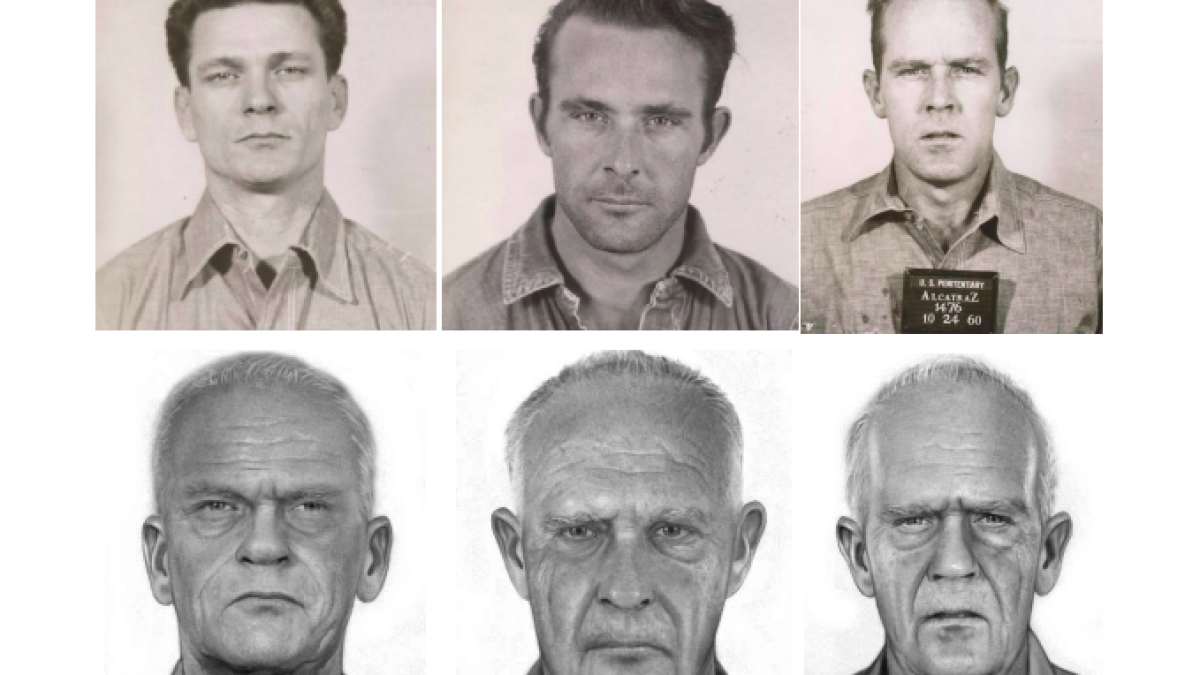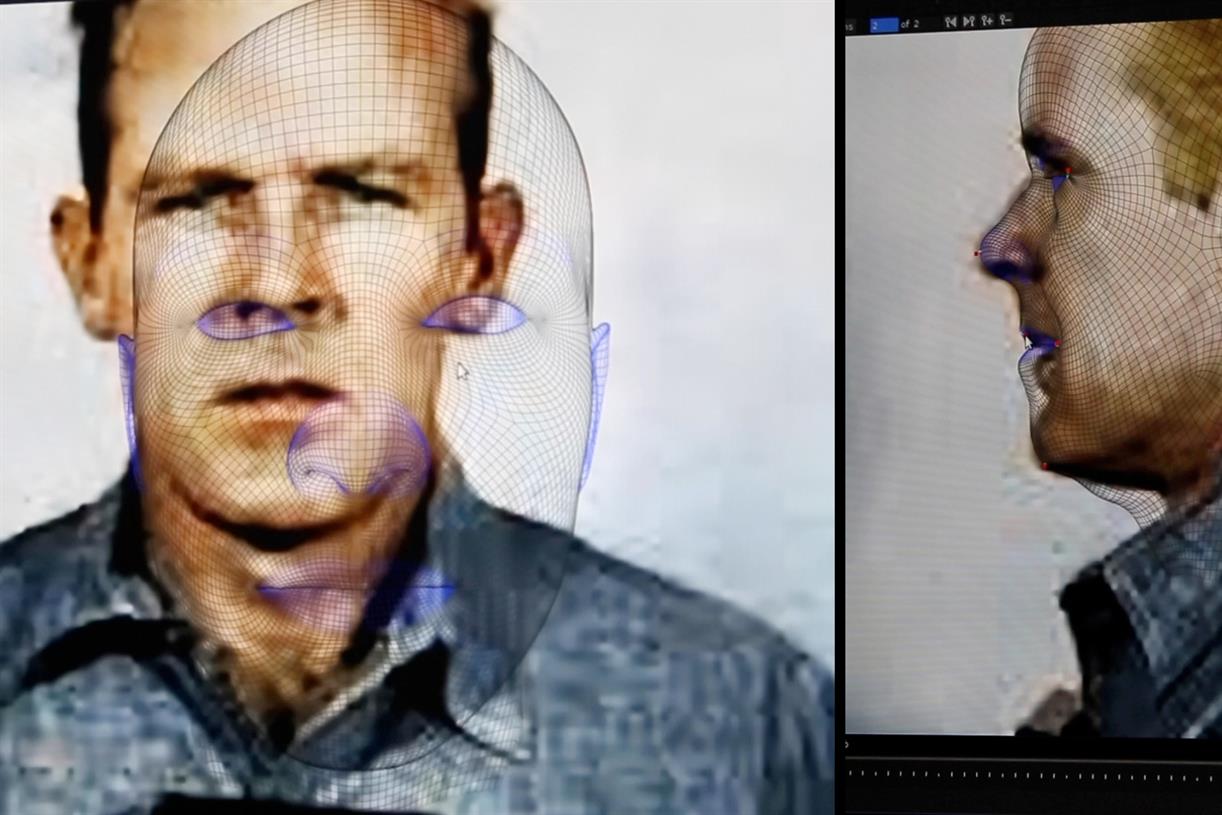In one of the most astonishing scientific revelations of the century, experts have finally cracked the 63-year-old mystery of the Alcatraz escape — and what they found beneath the surface of San Francisco Bay has left the world in stunned disbelief. The legendary fugitives Frank Morris and Clarence and John Anglin, who vanished from the “inescapable” island prison in 1962, did not drown as the FBI long claimed. Instead, they died trapped in a man-made underwater capsule — a chilling survival chamber that became their tomb.

The discovery, made during a 2025 underwater survey of the bay, has been hailed as one of the most significant finds in modern American history. Using deep-sea scanning drones, researchers detected a metallic anomaly buried beneath 60 feet of silt just over a mile from Alcatraz Island. At first, it was assumed to be a piece of debris from the prison’s construction — until sonar revealed a perfect cylindrical shape with man-made seams.
When divers broke through the thick sediment, they uncovered what officials now describe as a “crude yet sophisticated escape capsule”, large enough for three men. Inside lay the remains of the infamous trio who, for six decades, had been ghosts haunting America’s most infamous prison break.
Forensic teams were reportedly shaken by what they found inside. The bodies were curled together in fetal positions, still dressed in remnants of 1960s prison-issue clothing. One wore a vest fashioned from raincoats — the same material used to make the famous life rafts that had baffled investigators for decades. But what truly froze the team in place was a note, scrawled in shaky handwriting on the capsule’s inner wall:
“We made it, but we can’t leave.”
Those seven words have reignited global fascination with the Alcatraz escape, once considered the greatest unsolved mystery in American criminal history. Experts now believe that Morris and the Anglin brothers had engineered the capsule as a temporary underwater shelter — a desperate attempt to hide from the manhunt that swept across the Bay Area in the days after their escape. The plan was likely to resurface once authorities abandoned the search.

But something went horribly wrong. According to forensic analysis, the capsule’s oxygen system failed within hours, suffocating the escapees before they could break free. “They survived the impossible only to die within reach of freedom,” said one investigator. “It’s one of the most tragic ironies in criminal history.”
For decades, conspiracy theories had flourished. Some believed the men had fled to Brazil or Canada, others swore they had spotted them living quietly under new identities. The official FBI case, closed in 1979, concluded that the men had drowned. Yet new forensic evidence — including fingerprints, bone structure, and preserved DNA — has now confirmed the impossible: they escaped Alcatraz, but not the Bay.
Scientists who examined the capsule say it was a remarkable feat of ingenuity, constructed from scavenged materials: metal drums, scrap ventilation tubing, and parts likely stolen from the prison workshop. The capsule’s airtight seal and hidden air hoses indicate planning that far exceeded what authorities ever suspected. “This wasn’t a mad dash for freedom,” said one forensic engineer. “It was an operation. They had a plan, a blueprint — and the intelligence to pull it off.”
News of the find has reignited both awe and sorrow. For the families of the Anglin brothers, the revelation brings long-awaited closure. “We spent our whole lives wondering,” said a surviving relative. “Now we know they made it — just not the way they hoped.”

The U.S. Marshals Service has since formally closed the case, marking the first time in history that the fate of the Alcatraz escapees has been confirmed. But questions remain. Who helped them build the capsule? How did they get it into the bay unnoticed? And could there still be more evidence buried beneath the waves?
Tourists are already flocking to Alcatraz Island and the surrounding bay area, eager to glimpse the site of the discovery. The capsule itself has been recovered and is now being prepared for public display at the National Museum of Crime and Punishment, where it is expected to become one of the most visited exhibits in the world.
For over sixty years, the story of the Alcatraz escape symbolized human determination — the defiance of walls, chains, and authority. But this haunting discovery adds a new, tragic layer to the legend.
They didn’t vanish into the world. They made it — and died within sight of the shore.
And now, after half a century of speculation, the bay has given up its secret. The mystery of Alcatraz is no longer a tale of freedom — but a chilling testament to how hope, genius, and desperation collided beneath the cold waters of history.
https://youtu.be/FL0276jvfiI





